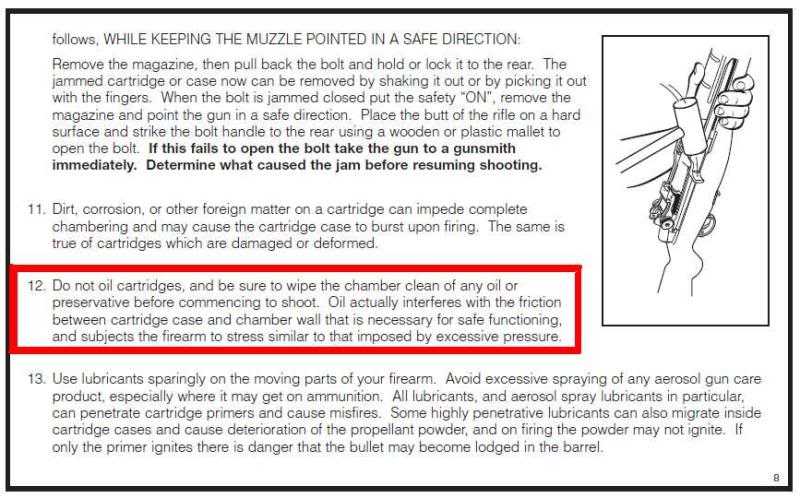Military documents are often superseded by up revisions or completely new documents. Unless you have current active access to the controlling authority you have no idea if the document in question is still approved or active. Notice that ACI 88 of 1940 was canceled by ACI 1848 of 1940 illustrating that military documents are not static and change if needed.
Since a significant number of years have passed it is likely that the document has seen further revision.
I am still trying to figure out what the tensile and yield strength of the steel used to manufacture the #4 receiver. Do any of you experts know?Information

Warning: This is a relatively older thread
This discussion is older than 360 days. Some information contained in it may no longer be current.
- Knowledge Library

- MKL Entry of the Month
- Australia
- Austro-Hungarian Empire
- Canada
- Czechoslovakia
- Denmark
- Finland
- France/Belgium
- Germany
- Italy
- Japan
- Norway
- Russia
- South America
- Sweden
- Switzerland
- Turkey
- United Kingdom
- United States
- Yugoslavia
- Is my rifle authentic or a fake?
- Jay Currah's Lee Enfield Web Site
- On-line Service Records (Canada)
- Technical Articles/Research
- Forum
- Classifieds

- What's New?
-
Photo Gallery

- Photo Gallery Options
- Photo Gallery Home
- Search Photo Gallery List
-
Photo Gallery Search
- Video Club

- iTrader










 PM
PM








